The plumage of this chicken makes them instantly recognizable.
Their base color can range from a lustrous chestnut to an auburn color. The black and white flecks throughout make for great camouflage and beauty. The tips of the black tail feathers should have a splotch of white on them making them look like a half moon.
This is a small chicken that is low to the ground with a wide and stable stance.
Interestingly they have vulture hocks, which are long upper leg feathers that sweep back to the tail. Their feet are also feathered giving them a head to toe feathering. Each foot has four toes but only the outer toes are feathered. Occasionally, you will find a stray feather or two on the inner toes but they are usually very short.
When walking their foot feathers will throw their feet out to the side – a bit like a duck’s paddling gait.
You will notice their tail is held almost upright.
Their comb is single and red.
Hens will have small ear-lobes and wattles and their face is framed by muffs and a beard making them look a bit like feathered chipmunk.
Size and Weight
Roosters weigh in around 1.6lb and hens at 1.4lb.
Color Varieties
The Barbu d’Uccle comes in 28 color varieties!
Many of them are recognized by the American Bantam Association, including: black, golden necked, mottled, porcelain, self blue, and white.
However, the Mille Fleur is the most popular color variety. It is by far the most eye-catching feathering and is white, black, light brown and chestnut colors mixed together forming the look of a thousand flowers.
Pros and Cons
Pros:
They are incredibly friendly.
Fairly quiet.
Their fluffy muffs are adorable.
Make great house chickens.
Perfect for children to look after.
Cons:
Some strains are poor egg layers.
There is no full size choice.
Feathered feet need extra care.
What Is It Like To Own A Mille Fleur d’Uccle Chicken?
Mille Fleur d’Uccles are delightfully happy little hens.
They seem to be happy almost all the time.
This talkative little chicken enjoys nothing more than chattering with you. You can have entire conversations with them. They are also very inquisitive and will check out new things and be intensely curious about you. They may fly up to your shoulders to inspect you up close, or even perch on your head!
Females will hang back a little and maintain a lower and quiet profile. Until they get to know you, they will be cautious with you. Roosters on the other hand, will stand more upright. They will generally stand in front of the girls to protect them. They will be curious and more likely to stand their ground if you try to pick them up.
Once they are comfortable around you they may follow you around the yard (or ride on your shoulder) to see what you are up to. It is impossible to be sad around these funny little chickens.
These little hens are always busy.
They are always doing something or checking something out. They love nothing more than exploring new areas which can get them into trouble. They are good flyers too so if you want to keep them in a certain area you will need to cover the run.
Egg Production
Some d’Uccles can be poor egg layers, whereas others can consistently lay 4-5 eggs a week.
How many eggs they lay will depend on the particular strain you have. Unfortunately there is no way to tell in advance. You will only find out once they start laying eggs.
While their eggs are small, they are still big enough to be used for baking and other foods.
They will lay white/cream colored eggs and tend to stop laying during the hotter months. It is usually around this time that they decide to be broody. When one hen goes broody, a couple of others usually follow suit. They do make great broody mothers and will care for their chicks very well.
Egg Production
Eggs Per Week: 2-3 Eggs.
Color: Cream to tinted.
Size: Small to medium.
Noise Levels
Although these little chickens can chatter a lot, they are not very loud.
Even their egg song is fairly quiet so you won’t have to worry about your neighbors.
The only exception to this is roosters. The rooster’s crow is a higher pitch than a standard rooster’s, and it can be annoying to some folks.
Mille Fleur d’Uccle Chicken Care Guide
Health Issues
The biggest health concern you will have with these chickens is their feathered feet.
You will need to keep an eye on them (especially if you live in a muddy or snowy area). Mud or snow balls can stick to their feathers and cause problems, frostbite can also be a problem because of this.
A foot soak usually resolves any problem and they seem to enjoy them too.
Otherwise, they are remarkably healthy chickens.
Feeding
As chicks you will need to feed them a good quality starter crumble.
This crumble should contain 20% protein and it is important for giving them a great start in life.
Once they reach 16 weeks old you can start to transition them over to a 16% layer feed.
Just remember that d’Uccles are well-known for billing out feed. Billing out means they scoop their feed out of the feeder and onto the floor. You should try to get a chicken feeder that has a lip to prevent this.
Also remember that during their molt they need to be given 20% protein feed. You can also give them high protein treats such as mealworms, tuna, sardines and scrambled eggs.
Coop Setup and Roaming
These bantam chickens need less personal space than standard hens.
A bantam needs about 2 square feet of inside coop space.
This gives them enough space to spread their wings and have a quiet area if they want it.
For the roosts give them each six inches – in summer they will spread out to cool down, but in winter you will see them all snuggled up together to stay warm.
They should not require a coop heater unless the winter is particularly brutal.
Finally, make sure to include chicken nesting boxes. Nest boxes should be one foot square for comfort. Occasionally you might get two hens bunking together and you can simply move one to another box.
Now onto outside space.
They will each need 4 square feet of run space. The nice thing with bantams is that you can add vertical spaces too. Plenty of perches at varying heights, with small shelves or platforms, old logs and hideaway spots will all be used.
If you let them free range then just be aware they are easy prey for hawks and owls and several other predators.
Breed History
The Mille Fleur d’Uccle is not an old breed and their history only dates back to the 1800s.
They are considered a fairly new breed.
Michael van Gelder and Robert Powels created this little beauty with assistance from Louis Van der Snickt.
By selectively breeding several different breeds of bantam they finally arrived at the chicken we see today. However, the exact bantam breeds used remain unknown.
It is thought that these three men were driven by history to recreate an extinct bird.
A small bird of similar color was known to exist in the 1600s. It was painted by old Dutch masters and even written about by Aldrovani. What happened to the original chicken we will never know.
The d’Uccle was first exhibited in the early 1900s and she was an overnight success. Their popularity has not diminished over the years.
|


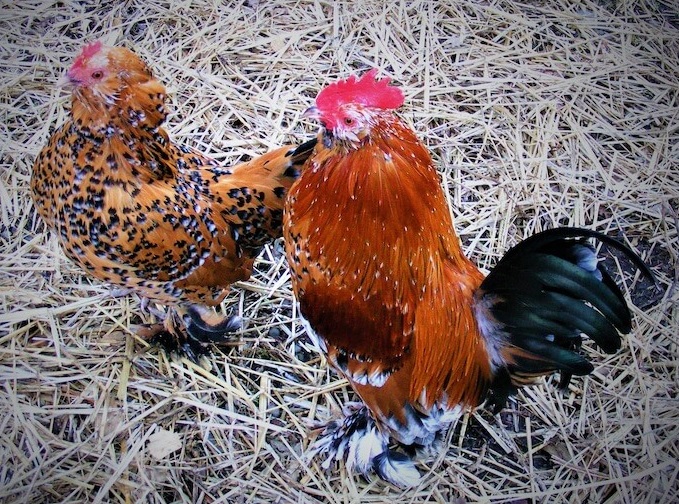
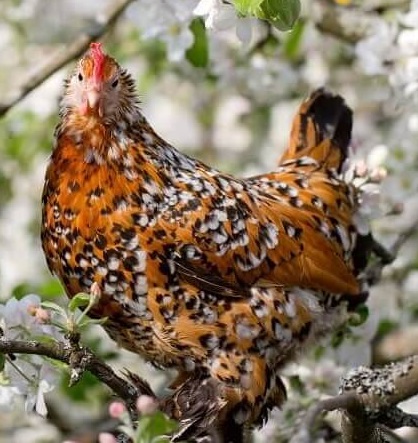
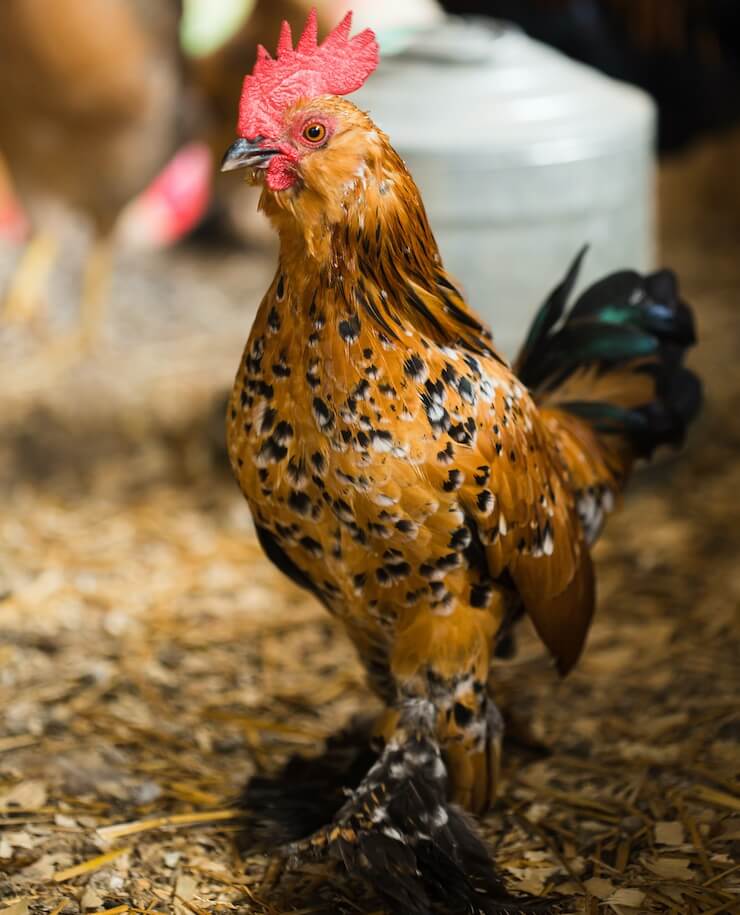
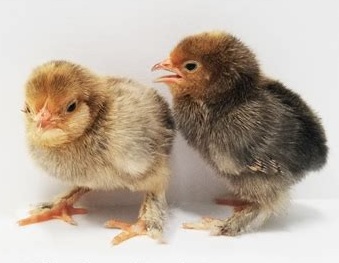
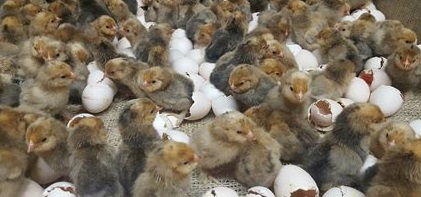
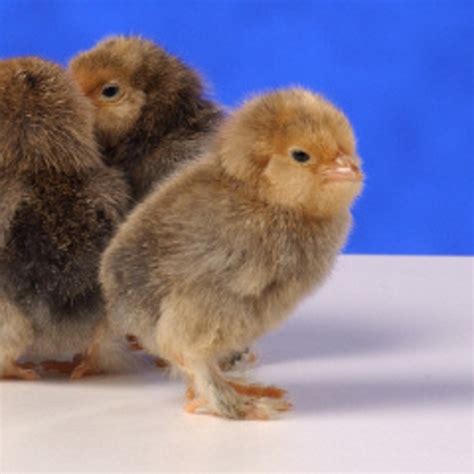
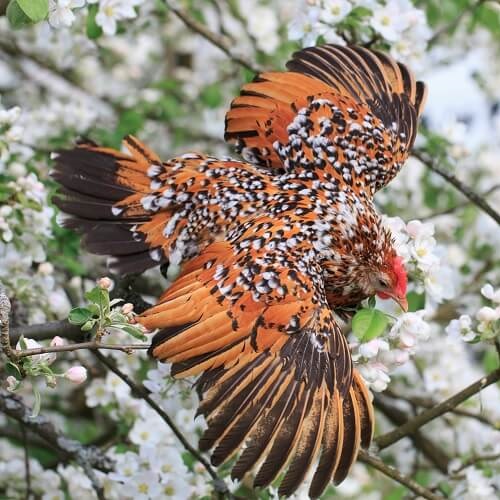
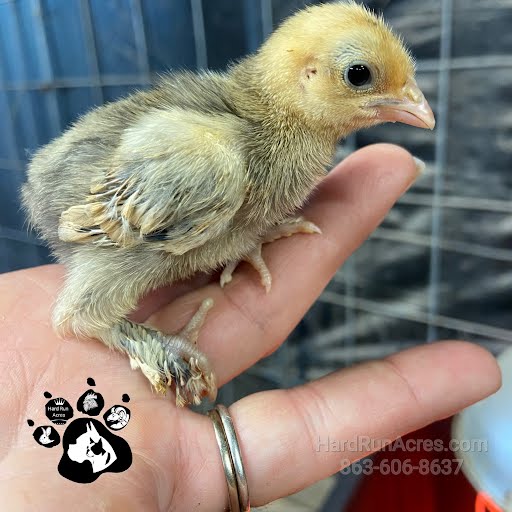
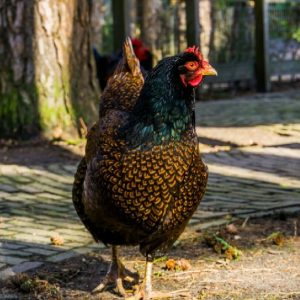
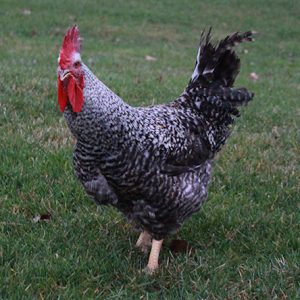
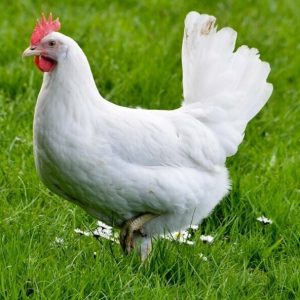
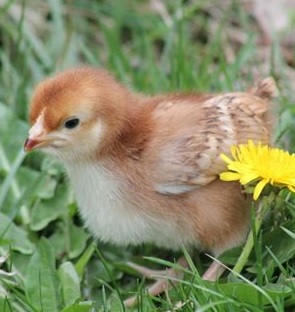
Reviews
There are no reviews yet.